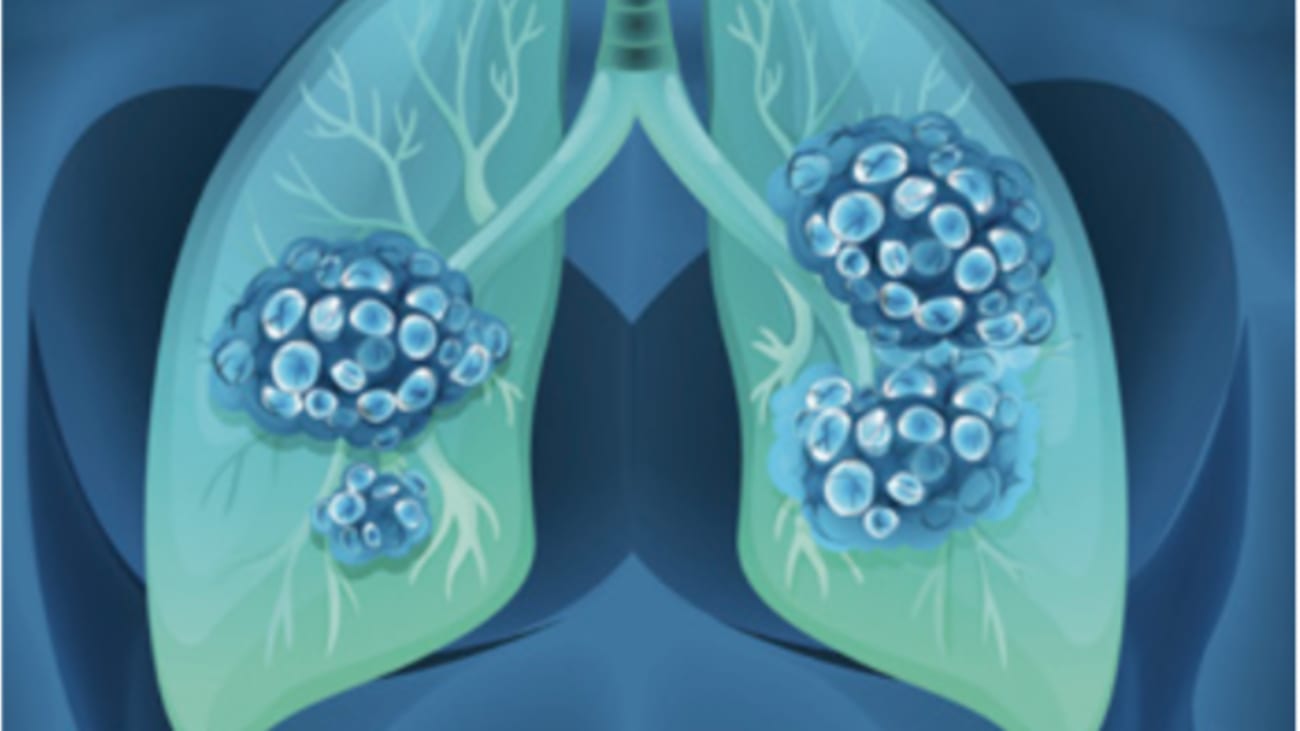
New Classifier Differentiates Benign from Malignant Tumors
Every year, U.S. health care providers discover more than 1.6 million lung nodules. Although most turn out to be benign, they can still pose a diagnostic dilemma.
Patients with a high-risk nodule may require invasive testing such as biopsy or even surgery to remove it. However, when there’s a low-to-moderate probability of cancer—anywhere from 5 to 65 percent— providers may debate whether patients should be monitored with serial PET or CT scans or undergo complex diagnostic tests.
Recently, researchers at MUSC participated in a multicenter clinical trial to evaluate the accuracy of a blood test that measures the levels of two proteins in a patient’s plasma, LG3BP and C163A. When integrated with clinical predictors of cancer, such as age, size of the nodule and other nodule characteristics, the blood test was 98 percent effective at distinguishing benign from malignant nodules.
Gerard A. Silvestri, M.D., a lung cancer pulmonologist at the MUSC Hollings Cancer Center, led the study. Results were reported in an article published online in the journal Chest on March 1, 2018 (doi: 10.1016/j.chest.2018.02.012).
If a patient has less than a 50 percent chance of having cancer and the test result is negative, it’s likely not cancer. The provider can be confident in a diagnosis and treatment plan.
“It serves as a ‘rule out’ test for those with low-to-moderate risk,” says Silvestri. “The biomarker is a tool to help calculate the general risk of cancer and present a patient with recommendations and options. It can push people out of indeterminate risk and into low-risk — without having to undergo invasive and potentially risky procedures.”
Biopsies and surgeries can be complicated in an organ as delicate as the lung.
“Think of your lung as a two-liter bottle of soda, and the nodule as a pea in the center of it,” explains Silvestri. “During a biopsy, for example, the lung could collapse and need a tube to expand it. Our goals for this biomarker are to help calculate the risk of cancer, present the patient with options and recommendations and avoid subjecting patients with benign disease to expensive, unnecessary and intrusive procedures.”
Even if biomarker results are negative, patients will need ongoing CT scans to monitor a lung nodule. “A low-risk nodule will be followed with serial imaging. After two years of CT scans being performed periodically and without evidence of growth, we can say it’s benign,” Silvestri says.
This research is part of the Pulmonary Nodule Plasma Proteomic Classifier (PANOPTIC) study, a clinical trial of 685 patients 40 years old or older, with newly discovered lung nodules 8 to 30 millime- ters in diameter as shown on a recent CT scan.
—CARIN MOONIN
Disclosure: The study was funded by Integrated Diagnostics, Inc. but the sponsor had no role in the design of the study or the collection and analysis of the data.
Source: Progressnotes Summer 2018
